Navigation
As electric bikes become more popular, many people are wondering how much power these vehicles use. Understanding power consumption is crucial, whether your priority is reducing the environmental impact of your e-bike or maximizing its performance. We will explore the basics of electric bike mechanics, the different factors that affect power consumption, how to measure power consumption and typical power consumption for electric bikes, and answer some frequently asked questions.
Having gained insight into the factors that impact the power consumption of electric bikes, it's time to delve deeper into the typical power consumption of these bikes. The average power consumption of an electric bike can significantly vary, influenced by factors such as speed, weight, terrain, weather, and riding style.

On average, an electric bike uses between 250 and 750 watts of power, with higher-end models capable of using up to 1500 watts. However, the actual power consumption of an electric bike will vary depending on the factors we've discussed.
Factors That Affect Electric Bike Power Consumption
Battery Size
Battery size is a crucial determinant of e-bike power consumption. In general, larger batteries tend to result in higher power consumption for your e-bike. This is because larger batteries can provide more energy to your bike's motor, allowing you to travel greater distances at higher speeds. However, larger batteries are also heavier and more expensive than smaller batteries, so you'll need to consider your priorities when selecting a battery size.
Motor Power
Another important factor is the power of your e-bike's motor. More powerful motors will consume more energy than less powerful ones, so you'll need to balance your desire for speed and performance with your need for efficiency. Keep in mind that some e-bikes have adjustable motor power settings, so you can adjust the power output based on your riding conditions.
Riding Conditions
The conditions in which you ride your e-bike can also affect power consumption. For example, if you're riding on steep hills or in strong headwinds, your e-bike's motor will need to work harder to maintain your speed. This will consume more energy and drain your battery more quickly. Conversely, if you're riding on flat terrain with no wind, your e-bike will consume less power, and your battery will last longer.
Rider Weight
Finally, your weight can also affect your e-bike's power consumption. Heavier riders will require more power to maintain a given speed, which will drain your battery more quickly. If you're a heavier rider, you may want to consider a larger battery or a more powerful motor to compensate for the extra weight.
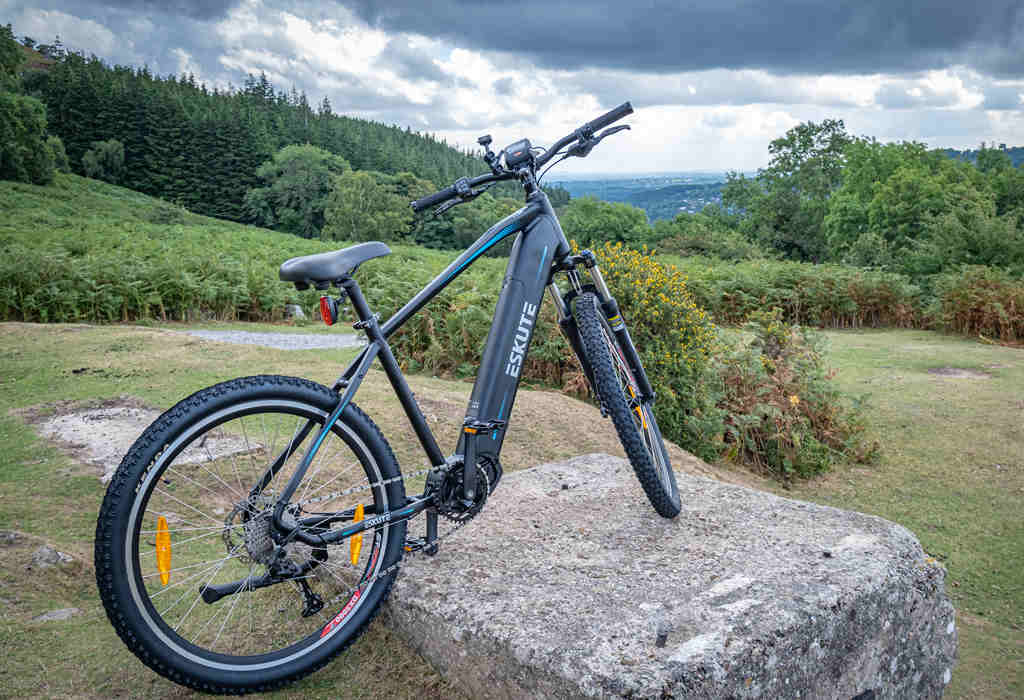
Speed
The power consumption of an electric bike increases as its speed increases due to the increased workload on the motor to maintain the higher speeds.
Terrain
Riding on hills or rough terrain requires more power to maintain speed, which can drain the battery faster.
Weather
Adverse weather conditions such as extreme temperatures, strong winds, and heavy rain can also impact the power consumption of electric bikes. In such conditions, riding at the same speed can require more power as the motor works harder to maintain the desired speed.
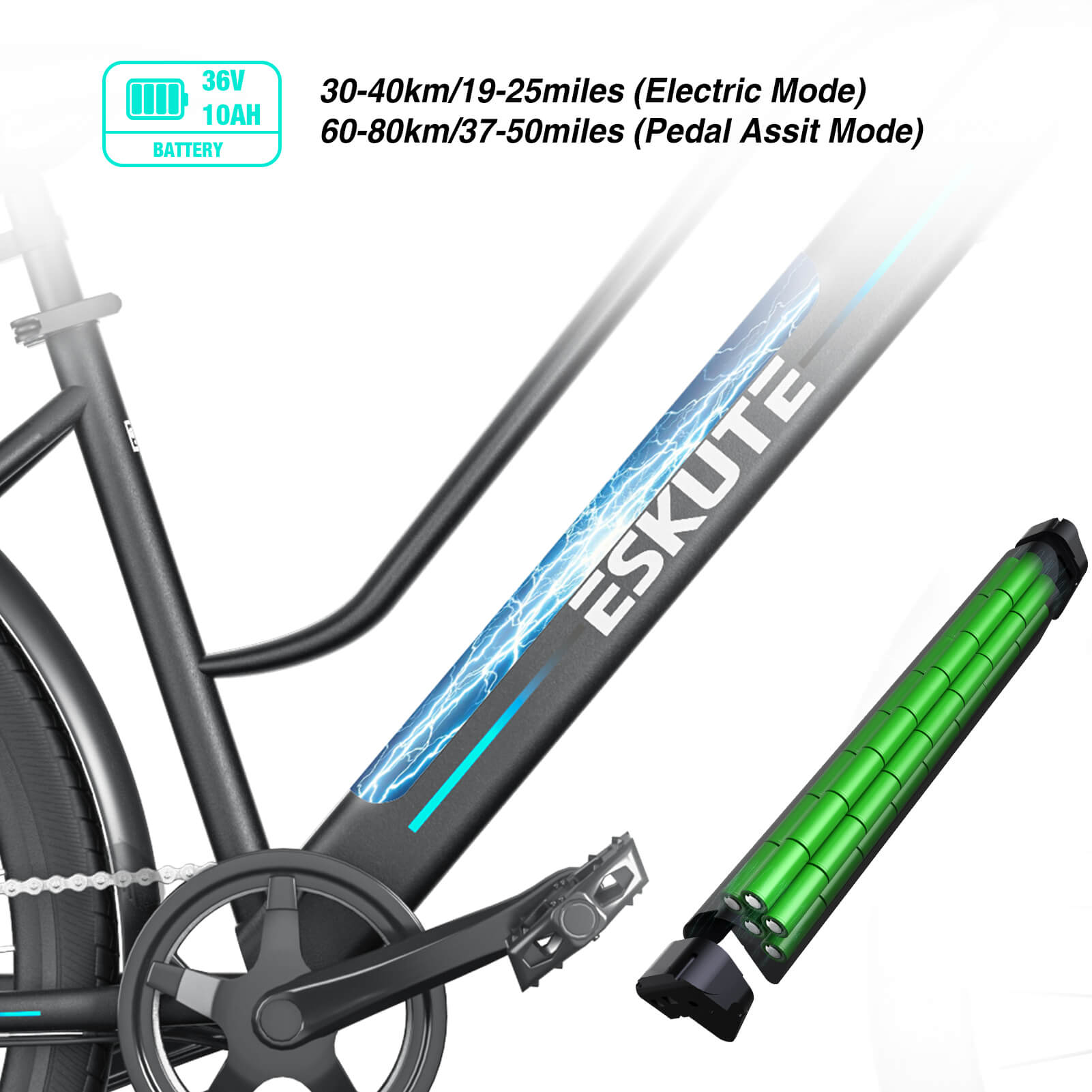
Riding style
Aggressive riding, such as accelerating quickly or maintaining high speeds for extended periods of time, can also drain the battery faster.
Estimating Electric Bike Power Requirements
To estimate the power requirements for your electric bike, you can use the following formula:
Power (watts) = voltage (volts) x current (amps)
Most electric bikes have a motor that operates on 36 or 48 volts and draws between 10 and 20 amps of current. This means that the power consumption of an electric bike typically ranges from 360 to 960 watts.
How to Measure Electric Bike Power Consumption
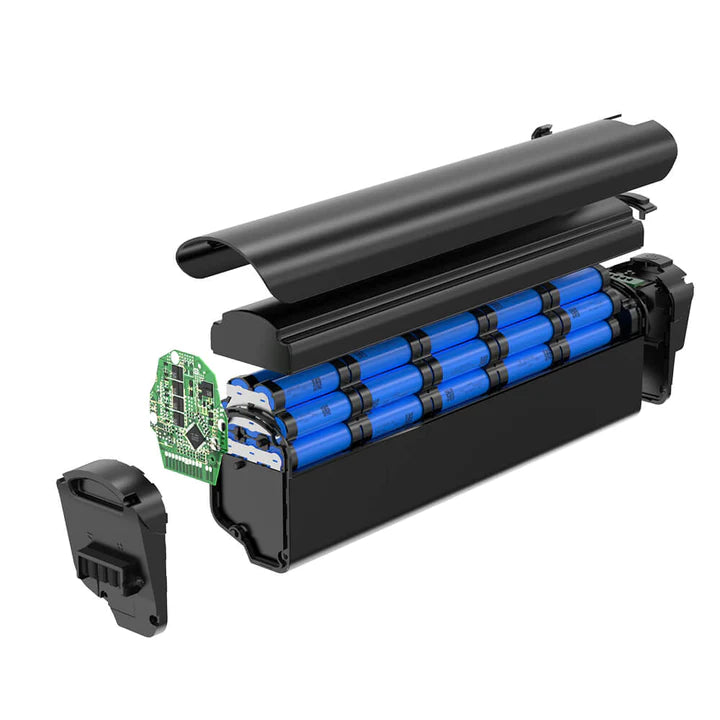
Measuring the power consumption of an electric bike can help riders better understand their energy usage and make informed decisions about battery life. There are several tools available to measure power consumption, including power meters, wattmeters, and energy monitors. These tools can provide real-time information about power consumption and battery life.
Typical Power Consumption of Electric Bikes
On average, the power consumption of an electric bike can vary depending on the bike type and the components used. However, an electric bike typically consumes between 200 to 500 watts of power, providing a range of approximately 20 to 60 miles per charge depending on the terrain and riding conditions.
How do I conserve power while riding my electric bike?
To conserve power while riding your electric bike, you can:
- Use a lower level of pedal assistance
- Avoid steep hills and rough terrain
- Keep your tires properly inflated
- Use a lower power mode when cruising or riding on flat terrain
- Avoid hard acceleration and sudden stops
How do I charge my electric bike battery?
To charge your electric bike's battery, you'll need a charger that's designed to work with the specific battery used in your bike. Typically, most electric bikes are equipped with a charger that can be easily connected to a standard wall outlet. It's important to follow the manufacturer's instructions for charging your battery to ensure that it is charged properly and safely.
Video Review:
FAQs
Q: How long does an e-bike battery last?
A: The durability of an electric bike battery relies on various factors, such as the battery's size, the motor's power, and the riding conditions. Typically, e-bike batteries have a lifespan of around 2 to 4 years before requiring replacement.
Q: Can you charge an e-bike battery with a regular charger?
A: No, you should only use the charger that comes with your e-bike to charge your battery. Using a different charger can damage your battery or cause it to overheat.
Q: How much does it cost to replace an e-bike battery?
A: One can expect to pay between $300 and $800 for a new e-bike battery, depending on factors such as battery size and type.
Q: Do electric bikes require a lot of maintenance?
A: No, electric bikes require very little maintenance compared to traditional bikes. The main components that require maintenance are the battery, motor, and brakes.
Q: How much power does an electric bike battery have?
A: Electric bike batteries can range in capacity from 250 to 750 watts. The capacity of the battery affects the range of the bike, with larger batteries providing longer ranges.
Conclusion
To summarize, comprehending the power consumption of e-bikes is paramount to optimize their performance and range. By considering variables such as speed, weight, terrain, weather, and riding style, you can make informed choices regarding the most suitable e-bike for your requirements and how to ride it in the most energy-efficient manner. Additionally, following proper charging and maintenance procedures for your e-bike battery can help ensure that it has a lengthy lifespan and continues to provide you with a reliable and efficient mode of transportation.






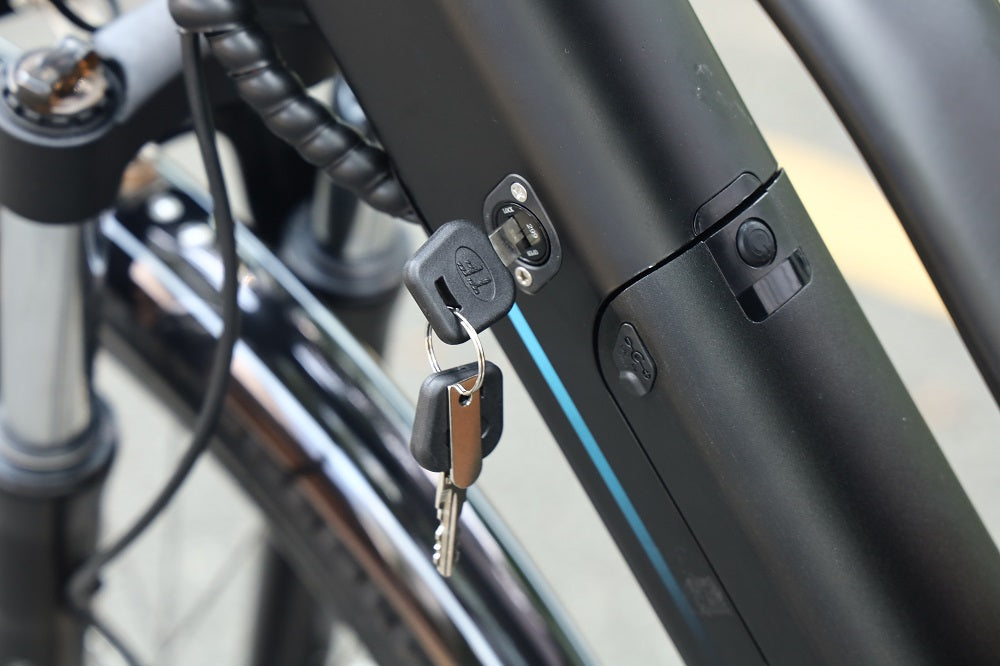


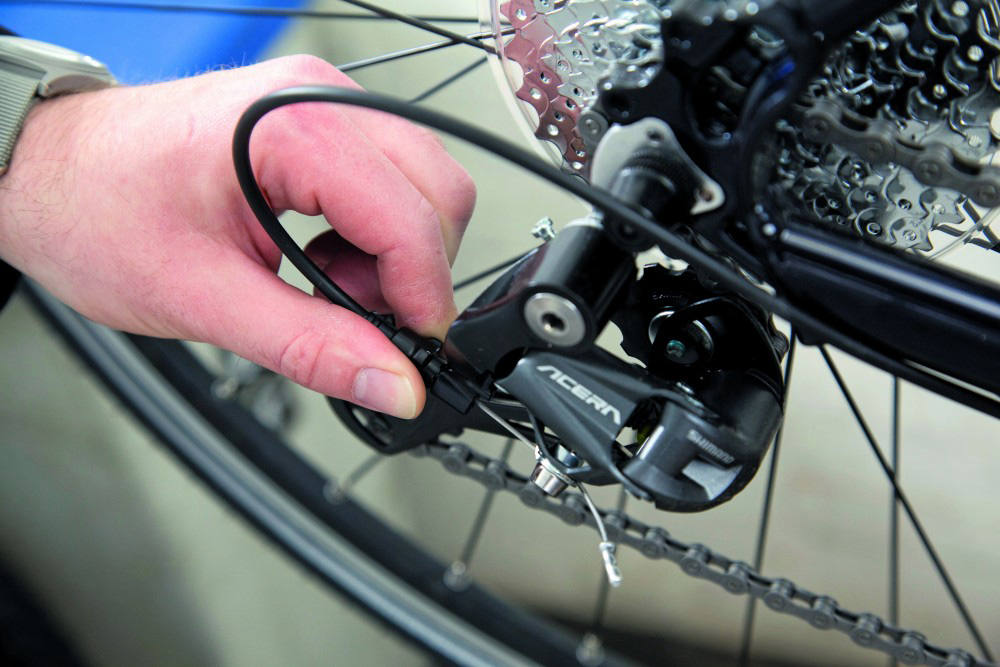
2 comments
Stella Spence
Hi,
We are Providing Paid guest posts on our different Websites to many Companies for their product promotion, Services, and Ranking Purposes. Our clients are 100% Satisfied with Our Services.
We can Promote your Products or Services on Our websites.Through our websites Millions of clients of our Company SEO Advisor House will visit your website through Your Link.
%100 original traffic websites.
Here are our company’s 10 premium websites
1..Site: https://www.luxurytravelmagazine.com/
2..Site: https://techbullion.com/
3..Site: https://www.blogstrove.com/
4..Site: http://urbansplatter.com/
5..Site: https://reelsmedia.co.uk/
6..Site: https://www.outdoorproject.com/
7..Site: https://waterwaysmagazine.com/
8..Site: https://thevyvymanga.com/
9..Site: https://usawire.com/
10.Site: https://programminginsider.com/
Regards:
Advisors SEO House
Mae Irene
i have my bill yesterday I was shock because my electric bill to high than if how much I expected 2 electric pan.2 light bulb.. 1 rice cooker 1 tablet plus the ebike and my bill come double than before.. 26000 now
Leave a comment
This site is protected by hCaptcha and the hCaptcha Privacy Policy and Terms of Service apply.